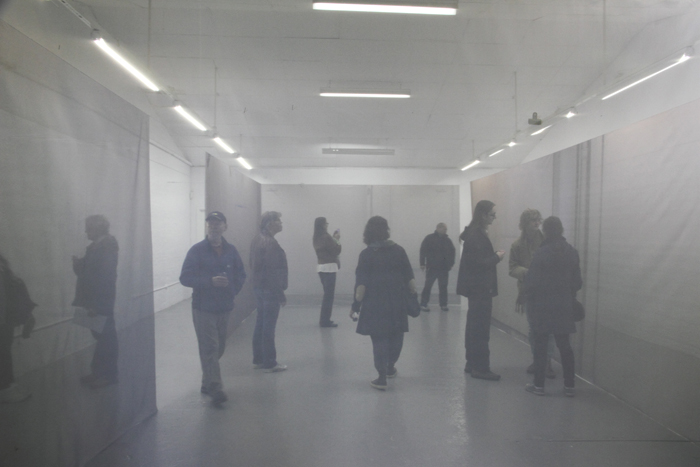The Audience is the theatre’s wellspring
For starters: Customize. No individual will entrust himself – or any part of himself – to an
that has not established a one-to-one relationship with him. Mass- , mass-
, and mass- offerings send one clear message to potential : We don’t care
enough to know you individually. inevitably respond: You cannot help change me if you do
not even care enough to know me. Getting your act together by mass your
establishes connections with that signal you care.
Second: Stage truly engaging experiences. Make it the goal of each individual relationship to hear
the say that when the two of you work together, he discovers things about himself he did
not know before. Then go further: Make it your aspiration to hear him say that only when he inter-
acts with you does he gain the deepest understanding of some part of himself. Make the
most memorable experiences his moments with you. These set the stage for creating a bond
between you and the , a bond that fosters communication of his ultimate aspirations.
Third: Furnish places for actors to rehearse new behaviors. Use knowledge of each ’s
individuality to orchestrate the appropriate set of experiences to elicit the desired transformation.
Bring together with similar aspirations into a community, eager to learn not only from
you and the overall experiences but from one another. Create ensembles of likeminded ,
not to lump them into detached and anonymous segments but to form a close-knit cast of
characters able to strengthen and confirm the rightness of the aspirations each seeks.
Finally: Direct the actors. If aspirations could do it all themselves, they wouldn’t a trans-
formational offering or entrust their aspirations to an outside party. They know that they need
some guidance, but they don’t wish to be told what to do. Handling this delicate balance between
assistance and interference is the director’s responsibility. Guiding is directing! And again, a
skilled director embodies two seemingly contradictory roles: collaborator, with shared control of
outputs and dialog with the actors about how to best portray their roles. But there are moments
within the transformation when the director must force decisions and dictate a particular course
of action, helping the actors realize their aspirations. The director guides the moment-to-moment orchestration of themes, impressions, and cues.
|

